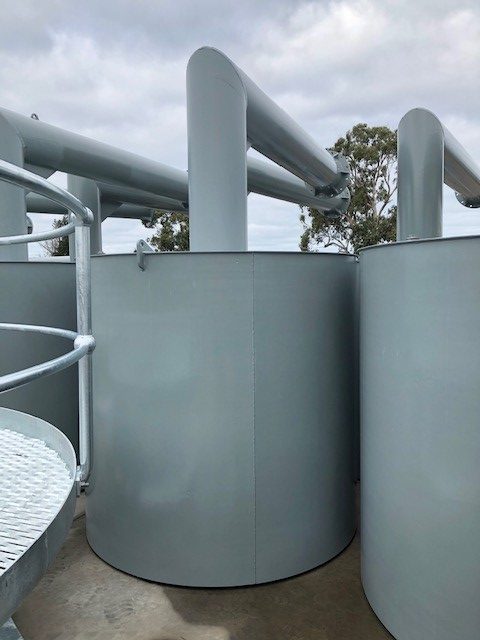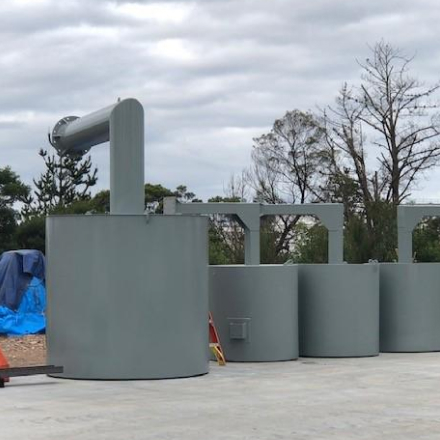Wineries across Australia are producing record levels of wine, and that is great news for wine connoisseurs. However, the by-product of producing that wine is large amount of liquid waste that is low in dissolved oxygen and contains solids, sugars, mineral salts, and cleaning chemicals.
Without adequate treatment, wastewater is a drain on costs and damaging to the environment. With proper treatment and the aid of wastewater equipment manufacturers like us, wineries can turn their wastewater into irrigation, compost, fertiliser, and even thriving water features.
What does winery wastewater treatment involve?
Responsible waste treatment comes down to three main principles: first, ensuring the system producing the waste is efficient; second, recycling what can be recycled; and third, safely disposing of what remains.
For wineries, this process entails careful segregation of sewage, and separating the different qualities of other waste streams. Good quality wastewater may be directly discharged into the irrigation system or reserved for truck washing.
Poorer quality wastewater may be centrifuged, filtered, and then held in surge tanks, ponds, or lagoons, where it will undergo further processing to separate waste from useable material.
Treating wastewater at the winery
A winery has several options to process wastewater on-site and recycle it to benefit the crop and property ecosystem.
The first is surge tanks, which serve to store wastewater and break it down further through anaerobic processes. Since the tanks are closed, the smell generated is not a consideration.
Solids separated with the aid of tanks can be recycled as compost or fertiliser, but the liquid is still poor quality. It should be either discharged into local sewage systems or undergo aeration in a separate tank or outdoor water body.
The second option for processing winery wastewater is a pond or lagoon, which combine natural anaerobic and aerobic processes with aerators to separate and break down different components of the wastewater to be fit for purpose.
Surface aerators, wind, algae and microbes oxidise and digest excess nutrients within the upper levels of the pond, while microbes living at the bottom work on harder-to- digest organic matter. They turn it into a sludge which can be periodically drained and used to nourish crops and gardens.
The aeration of the surface prevents the pond from becoming stagnant and noxious. The clean, aerated water is ideal for irrigation but can also support fish, yabbies, and visiting wildlife. This makes for an attractive feature to be enjoyed even by human visitors to the winery!
Sewage treatment at the winery
It is essential that domestic sewage is kept entirely separate from the winery wastewater system. Doing this means less treatment requirements, as sewage needs thorough processing to avoid spreading disease, and so keeps recycling wastewater relatively simple.
Sewage should be disposed of in a municipal sewer so that it can be treated for pathogens or, if this is not possible, treated on site with a septic tank system. Urban sewage treatment plants recycle water back into the community for use in irrigation. A private septic tank system can similarly be set up to produce fit-for-purpose greywater and even fertiliser.
Questions? Contact us
By Jas specialises in sewage and waste water treatment Visit us at Byjasor call us on (03) 5979 1096. We have been in the industry for 35 years and family owned. We service across Australia, regional town centres, remote regional areas, and main capital cities.




